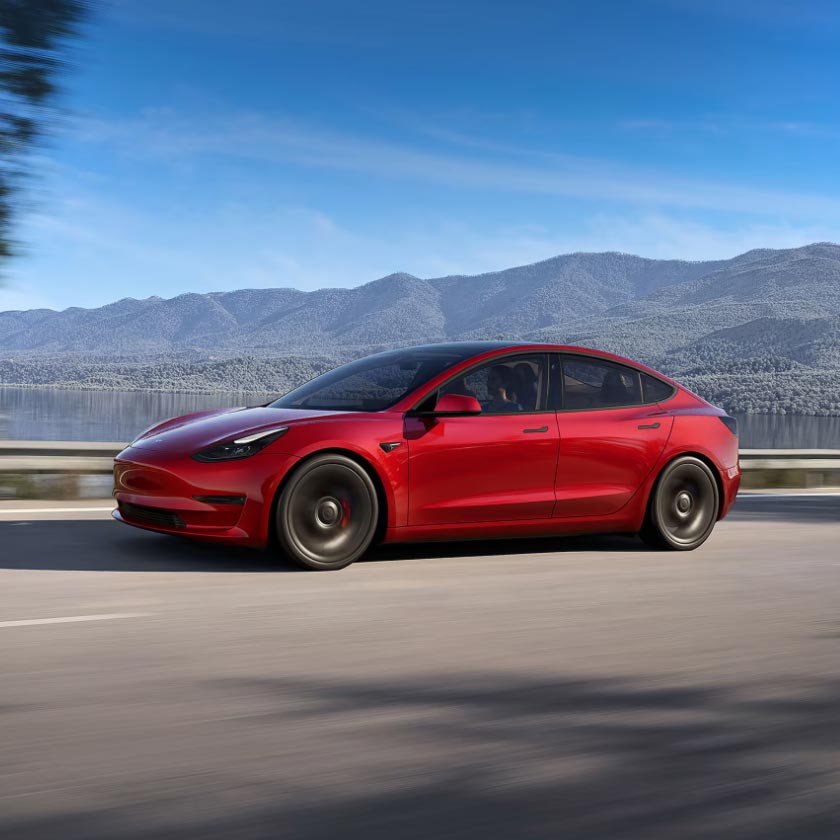Based on a video featuring Tesla's Senior Director for Artificial Intelligence, Andrej Karpathy, ARK Invest has concluded that Tesla could enjoy a near-monopoly in the autonomous ride-hailing sphere with its Robotaxi fleet. ARK Invest based its conclusion on three details from Karpathy's presentation: 1) Tesla's vision-based approach, 2) Tesla's 3D labeling approach, and 3) Tesla's approach to local mapping.
As Tesmanian previously reported, Andrej Karpathy gave an extensive presentation about the progress Tesla's AI/Autopilot team has made thus far at the Matroid Scaled Machine Learning Conference 2020 in February. During the presentation, Karpathy referenced Tesla's vision-based approach, which uses the eight cameras found in all of the company's vehicles.
He also talked about an Autopilot update involving 3D labeling. Former Tesla engineer Eshak Mir explained Tesla's 3D labeling technique after Autopilot's rewrite to the members of Third Row Tesla podcast. “The videos playback to check the accuracy of the labeling. It’s still frames. However, it’s done in 3D, but the 3D just helps us able more. It’s still pictures stitched together," Mir said.
Tesla Autopilot Progress Discussed By Andrej Karpathy https://t.co/rbhEAaNgXt pic.twitter.com/60eycIPHT2
— Tesmanian.com (@Tesmanian_com) April 22, 2020
ARK Invest believes that 3D labeling could bridge the gap between Tesla's vision-based approach towards autonomous vehicles and LiDAR.
"LiDAR recognizes images and assesses direct depth more accurately than do cameras. In a two-step indirect process, cameras take shots of images and software gauges depth by analyzing the pixels. Mistakes involving a few pixels can translate into meters or yards of inaccuracy. By labeling 3D videos of driving scenes, Tesla is compensating for the camera’s weakness as the primary image sensor in its vehicles," explained ARK Invest in its newsletter.
Karpathy talked about Tesla's different approach towards local mapping as well. Tesla's FSD software is learning how to identify and correctly respond to street signs, lights, and markings on the road without mapping the streets out first.
Tesla has an advantage over Waymo and other competitors with its local mapping technique because its autonomous vehicles won't need to be preloaded with information. As such, Tesla will not need to travel to individual places to map out every stop sign, street light, or road marking. Tesla vehicles with FSD could eventually be able to adapt to new environments even if its the first time traveling through that route.
Karpathy's presentation lead ARK Invest to conclude the following:
"In addition to vague local maps and its camera-based approach, 3D video labeling separates Tesla from its competitors, enabling the recognition of corner cases in solving for full autonomy. We believe Tesla’s approach is highly differentiated and will be almost impossible for a competitor to replicate. While autonomous driving is an extremely complex problem to solve, Tesla could enjoy a near-monopoly in autonomous ride-hailing if it is successful."
Featured Image Credit: Tesla Motors/Instagram
About the Author
Ma. Claribelle Deveza
Longtime writer and news/book editor. Writing about Tesla allows me to contribute something good to the world, while doing something I love.







